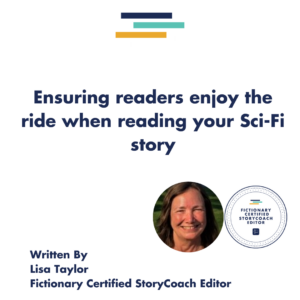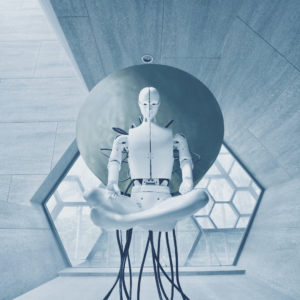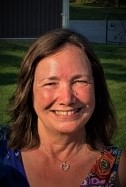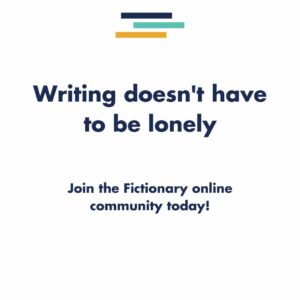
Introduction
Are you intrigued by where we are going with science and technology? Are you a fan of “The Martian” by Andy Weir? Do you love to debate the accuracy of the science in your science fiction? You may be a fan of “hard” science fiction.
In a genre where boundaries blur, what makes something “hard” science fiction? Most simply, hard science fiction (hard sci fi or hard SF) is rooted in science and technology. It still has the “what if” but bases that in what is, in currently accepted and understood practical and theoretical science.
So what?
As a genre writer, you take your readers on a ride. Genres help them know if they are enjoying a roller coaster, a funhouse or a Ferris wheel. All are fun, but expectations are different. So let’s see what kind of ride you are offering when you write a hard sci-fi story. Hint: watch for hills and drops ahead!

In science fiction, technology is there to move the plot along. If you are promising hard science fiction, your readers will expect the technology to follow currently accepted science and to be internally consistent. These are readers that value you using logic and reason in the integration of the science in your fiction. If the technology isn’t currently created, it must at least be plausible.
Hard or Soft?
The distinction between “hard” and “soft” science fiction isn’t hard and fast. As with many genres, stories will be found somewhere on a spectrum. In this case, the spectrum flows between hard and soft.
So why look at the distinction at all? As you are writing your science fiction story, deciding where it lies on the spectrum helps your readers know what ride they are on – remember the roller coaster?
On the Shoulders of Giants
Writers of hard science fiction can be inspired by the long tradition of stories that center on scientific and technical accuracy. Jules Verne’s tales explored possibilities of science and technology as early as the 1870s. Readers have long loved the stories of Heinlein, Clarke and Campbell. As a writer of hard science fiction, you have a legacy and a loyal readership awaiting.
So back to the roller coaster…
If you promise a hard science fiction story, defying current scientific realities can anger your readers. Angry readers put down your book. Worse, an angry reader may tell others your story just didn’t work. They didn’t finish the story; they didn’t read your gripping climax. No matter how strong the story, you disappointed them. You didn’t keep your promise. You don’t want angry readers.

Make your readers happy
One way to ensure you are keeping with current practical or theoretical science is to use it to start your story. Begin with current technology and ask “what if?” When your central story dilemma is rooted in a science based question and the solution comes from the application of science, logic and reason, your reader is happy. You have kept your promise.
If you are creating new technology beyond our current understanding for your story, you may be defying modern science and moving along the spectrum. Before you promise a hard science fiction story, ask yourself and your story a few questions:
- Are the story’s problem and solution both based in science?
- Is technology closely related to the story and themes?
- Are the concepts used inside the boundaries of known science?
If so, the story is moving along the spectrum toward hard science fiction.
Tracking the Tech
The developmental edit of your story is the perfect moment to track your technology. As you work through your scene-by scene edit, create a chart following the science in your story. If you are using Fictionary StoryTeller, you could use the Fictionary element “Reader Knowledge Gained” in a new way. For each scene, make a note of the science and technology as you edit. At the end of your scene level edit, look at your science and technology throughout the story.

If you have created your own list, use it to explore whether the technology is advancing the story in each scene.
If you are using StoryTeller, look at the Story Map to look at several elements at the same time for each scene. By using the Story Map, you can see how the science has been integrated in each scene and compare this with the POV scene goal to make sure it effectively connects with the story or with the scene middle and climax to show that it was necessary in the development of the scene. With a few clicks, you can start to see if the technology is integral to the story goal.
If the science and technology are logical, if they are within the boundaries of known science, and if they move your story forward, you have happy hard science fiction readers.

The Bottom Line
Readers want a good story first! They want characters they can connect to. Use the science to create limitation and obstacles – that makes a great story
Apply the science as needed for your story. Watch your underlying plot structure as well. Science fiction readers love adventure but you may also have a mystery, comedy, drama or romance. As you edit, look for how the science impacts your characters. When it comes to science, readers will notice when you do something new. Check these moments out in your edit! They will also notice when you blatantly break rules, whether they are the rules set by you or by commonly accepted science. Ask your beta readers to look for moments where the science pulls them out of the story.
As a reader enters the roller-coaster of hard science fiction, they appreciate the writer’s promise to engage them intellectually as much as emotionally. This reader knows that the explanation of how the technology works is part of the promise made by hard science fiction.They know you will work within the bounds of known science even if you have to move beyond the bounds of current engineering. For hard science fiction readers, science is a lens to use to look at our society. Science offers principles and structures for understanding the world. As they read, they enjoy the challenge of logic and reason along with the adventure and sentiment.
The most important thing about scene fiction is the story. The level of technical accuracy, whether hard or soft SF, is about choosing the right ride to get your readers into your great story.
If you want to know more about finding the right reader for your story, try Pamela Hines’ article on your target audience.
Written by Lisa Taylor

Stories are powerful. Through my experience as an educator and librarian, I’ve explored how stories work and supported writers in finding their voices and honing their craft.
As a Fictionary Certified StoryCoach Editor, I offer a thorough, objective structural story edit that honours your voice, recognises and celebrates your skill, and offers clear, actionable ideas on ways to make your story shine even more. You can reach me through the Fictionary Online Community.
Want to be part of a writing and editing community with kindness at its heart?
Do you know about the free Fictionary community? We’re connecting writers and editors who speak the same language of story editing.
You’re most welcome to join.
- Connect with other writers and editors
- Get your editing questions answered by Fictionary Certified StoryCoach editors
- Access free, live editing classes presented by editing experts
- Learn about all things Fictionary: product updates, videos, webinars, best practices


